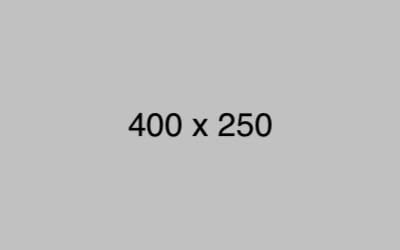Analytics using SAS Programming
Embark on a transformative journey into the realm of data analytics with our comprehensive course on Analytics using SAS Programming. Whether you're a data enthusiast looking to dive into the world of analytics or a seasoned professional aiming to enhance your skills, our curriculum is tailored to meet your needs. our program will equip you with the knowledge and practical expertise needed to harness its full potential.

 Read more
Read more 

